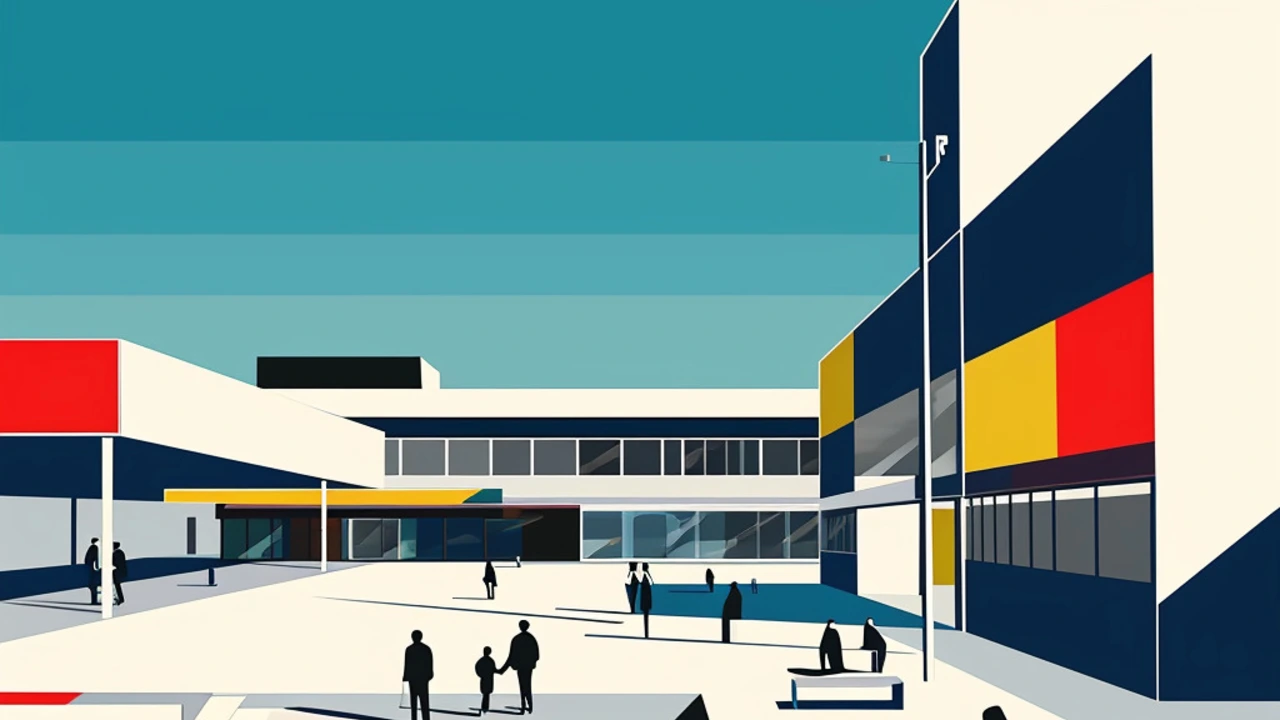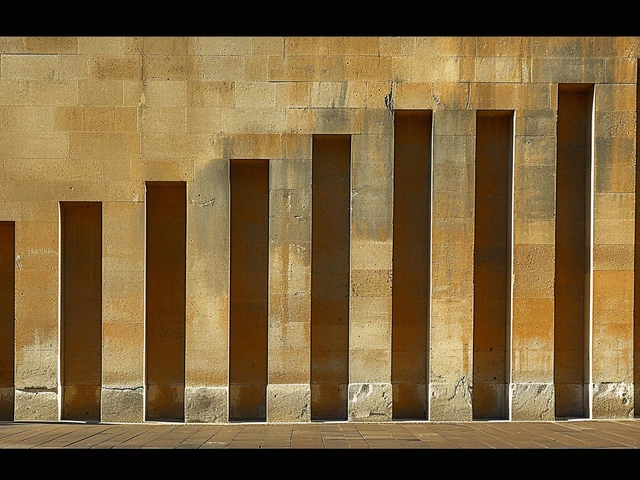Unpacking the Bauhaus Movement
The Bauhaus was more than just an art school; it was a seismic shift in the design world. Established in Weimar, Germany in 1919 by Walter Gropius, the Bauhaus movement was a response to the decorative excesses of the past. By advocating for a harmony between function and design, it sought to meld the artistic with the practical, creating spaces and objects that were at once beautiful and usable. At its core were the principles of simplified forms, rationality, and mass production suitability, which came together to create a radical new approach in architecture and design. This was a heady mix of new industrial possibilities, a fresh aesthetic sensibility, and a utopian ideal of improving life through design. A school where painters, sculptors, architects, and craftsmen were brought together under one roof, urging each other towards innovative outcomes, the Bauhaus served as a melting pot for ideas that have resonated through the decades.
The Bauhaus Aesthetic: Principles and Practice
The functionality was the heartbeat of Bauhaus design, eschewing unnecessary ornamentation to focus on the intrinsic beauty of materials and simple forms. Led by masters like Wassily Kandinsky, Paul Klee, and Ludwig Mies van der Rohe, the movement brought forth an aesthetic that emphasized straight lines, geometric shapes, and a restrained color palette. Interdisciplinary collaboration was encouraged, and students were trained across mediums, ensuring that the Bauhaus philosophy permeated textiles, furniture, and buildings alike. The impact of this ideology was that it didn’t just create objects or structures; it developed a visual language that communicated clarity, efficiency, and modernity.
Bauhaus Icons: Creations that Shaped Design
The products of Bauhaus thinking are all around us. Take, for instance, Marcel Breuer's tubular steel chairs or Mies van der Rohe’s Barcelona chair—objects that embody the school's ethos of form following function and have become symbols of modern design. Buildings like the Gropius House in Lincoln, Massachusetts or the Bauhaus Building in Dessau exhibit the movement's revolutionary architectural approach with their clean lines and functional layouts. These designs transcended their original contexts to become timeless, continuing to inform contemporary design practice and education. Each piece and structure stands as a testament to the school's lasting influence, anchoring the Bauhaus in our collective consciousness.
Global Outreach: The Bauhaus Diaspora
Although the Bauhaus school officially ceased operations in 1933 under pressure from the Nazi regime, its ideas did not perish. Instead, they dispersed as its members and affiliates emigrated, carrying the seeds of Bauhaus thought throughout Europe and America. The movement's principles found fertile ground abroad, especially in the United States, where former Bauhaus instructors, such as Mies van der Rohe and Josef Albers, secured positions in esteemed institutions. This diaspora enabled the movement's core ideas to flourish globally and integrate into various cultural contexts, sowing the seeds for the International Style of architecture and the modernist design approach we recognize today.
Shaping the Skyscraper: Bauhaus Influence on Urban Development
The Bauhaus heavily influenced the rise of urban corporate architecture and the modern skyscraper. Architects like Mies van der Rohe took the hallmarks of Bauhaus design—minimalist lines, an open-plan layout, and industrial materials—and sized them up to the scale of towering office buildings. Consider the Seagram Building in New York City, a model of modernism that altered the landscape of urban architecture. The Bauhaus's architectural ethos, exemplifying the belief that form should follow function, became inscribed in the fabric of cities, molding not just the aesthetics but the very ideology of what a building should be in the modern world.
Bauhaus and Contemporary Architecture: The Living Legacy
Even as we move further into the 21st century, the ripple effects of the Bauhaus are still palpable. Contemporary architects continue to draw inspiration from its minimalist sensibilities and rationalist approach. The movement's ethos of clarity and functionality can be seen in the design of new housing projects, public institutions, and commercial buildings. The essence of simplicity in Bauhaus design resonates with current trends of decluttering and minimalism that are prevalent in today's lifestyle and culture. As we strive for sustainable practices, the Bauhaus philosophy's emphasis on aligning design with nature and human needs remains ever relevant.
The Enduring Influence of Bauhaus Design in Everyday Objects
Beyond buildings, the everyday objects we use reflect the vast reach of the Bauhaus. From the sleek lines of modern electronics to the ergonomic design of kitchen utensils, echoes of the Bauhaus style are integral to contemporary product design. Aesthetically pleasing yet accessible, these designs carry forward the Bauhaus commitment to functionality and affordability. Design schools and studios around the world continue to impart the Bauhaus’s hands-on, interdisciplinary approach, cementing its philosophy as foundational within the design community.
Bauhaus Today: Celebrating a Century of Influence
As we acknowledge the centennial of the Bauhaus, its principles have taken on the weight of heritage, yet their application remains as fresh and revolutionary as they were a century ago. Museums exhibit Bauhaus works, cities offer tours to marvel at buildings fashioned in its likeness, and institutions continue to evolve the principles that gave birth to the movement. The centenary is not just a look back but an active, ongoing conversation about the role of design in society and how Bauhaus ideals can be interpreted for a new era, ensuring that the Bauhaus remains not a relic of the past but a blueprint for the future.



